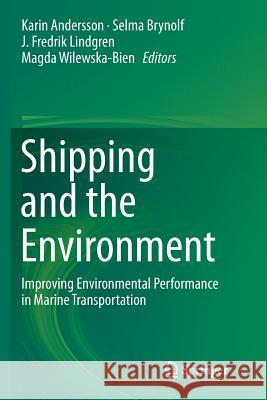Shipping and the Environment: Improving Environmental Performance in Marine Transportation » książka
topmenu
Shipping and the Environment: Improving Environmental Performance in Marine Transportation
ISBN-13: 9783662569719 / Angielski / Miękka / 2018 / 426 str.
Kategorie:
Kategorie BISAC:
Wydawca:
Springer
Język:
Angielski
ISBN-13:
9783662569719
Rok wydania:
2018
Wydanie:
Softcover Repri
Ilość stron:
426
Waga:
0.62 kg
Wymiary:
23.39 x 15.6 x 2.31
Oprawa:
Miękka
Wolumenów:
01
Dodatkowe informacje:
Wydanie ilustrowane











